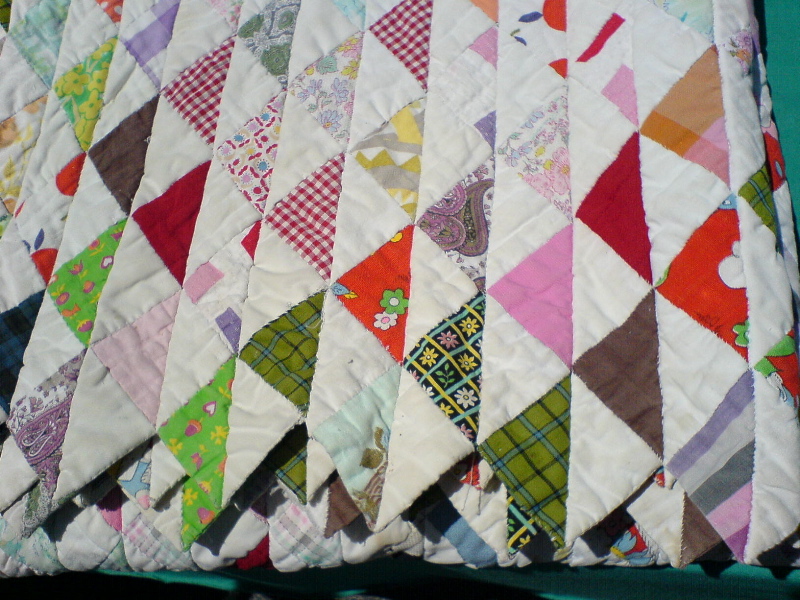Designing a quilt doesn’t require a degree in design, just a few basics tips to keep you on track effortlessly.
The first question for every quilter is how should I go about designing my quilt?
This is a great question, and the answer depends upon the recipient in mind, who are you making the quilt for?
Yourself or someone else?
If the recipient is yourself simply answer the following questions for you and go to town stitching.
If you are making this quilt for a present, this is your opportunity for some undercover investigation part of quilting.
Now, I know most quilt makers will be able to simply ask someone what colors they like, or what types of activities they are into. Today with technology and all of the social media platforms, you can get quite a good Idea of who someone is or at least what they like publicly with ease. Just by checking out their instagram, facebook, or pinterest page, you can get a strong of idea fo what you will work. I always start with color.
Do they like bright or dull. Warm Colors or Cool Colors. Saturated color or pastels. Once you have these sorted out you can choose your pattern and get to work.
If there isn’t a pattern that is really jumping out and speaking to you, I most often go back to the log cabin pattern, it is timeless and not to mention very simple to accomplish and cut.
I use the rule of odds to design my quilts.
This means I choose one focus, or a series of three or even five. I also choose one three or five, and so on colors. This gives good interest and balance to the quilt. I usually have a main color of the quilt. Let’s say we choose something in the blue family, then for my second and secondary color I would choose a contrasting color. For this instance I will choose orange. Then for my final color I choose one of the neutrals, white, black, brown, or grey. For this quilts let’s choose grey.
Now it comes down to proportion, how much of the colors should we use and where. So if we have 100% to think of a whole quilt my formula is to have 60% of the quilt to be your main color family, blues. Then have 30% be your secondary color family, ours was oranges. Then finally the detail color is our neutral color and remaining 10%. With this formula you will have a basic cohesive quilt that will work out for you everytime.
By no means is this the only formula for basic design. I could go into laws and rules of design but that is another day my friends. For now I would prefer to give you one go to trick that works, and get those quilts started and finished!
Happy Sewing my Friends!

